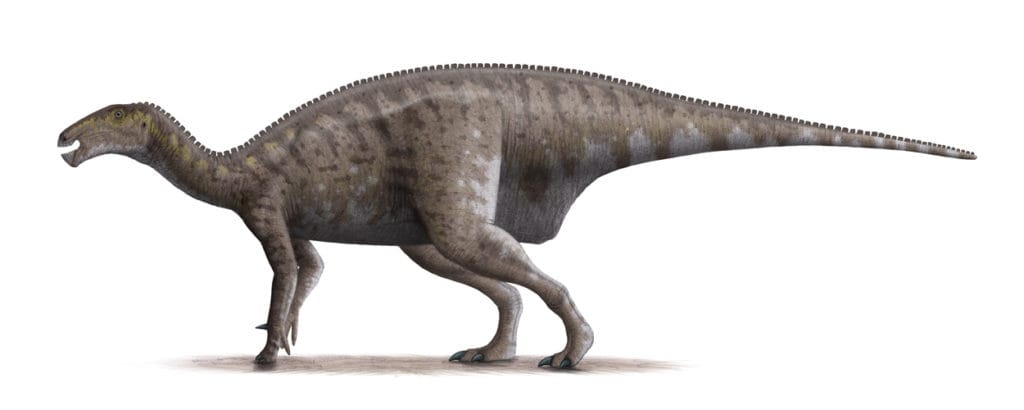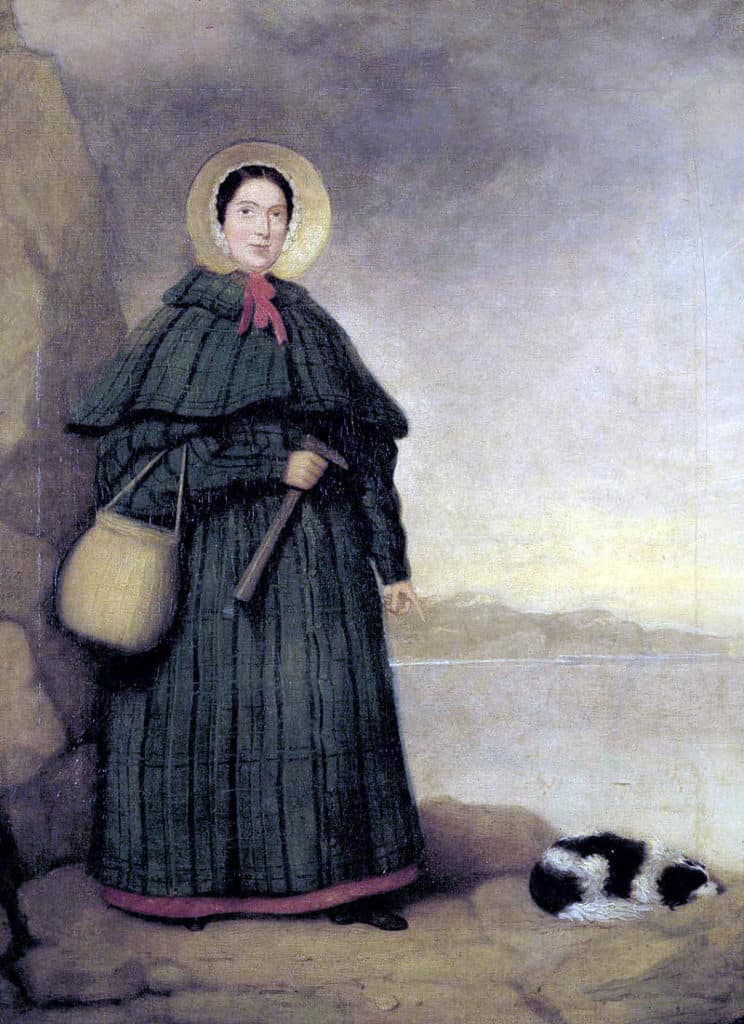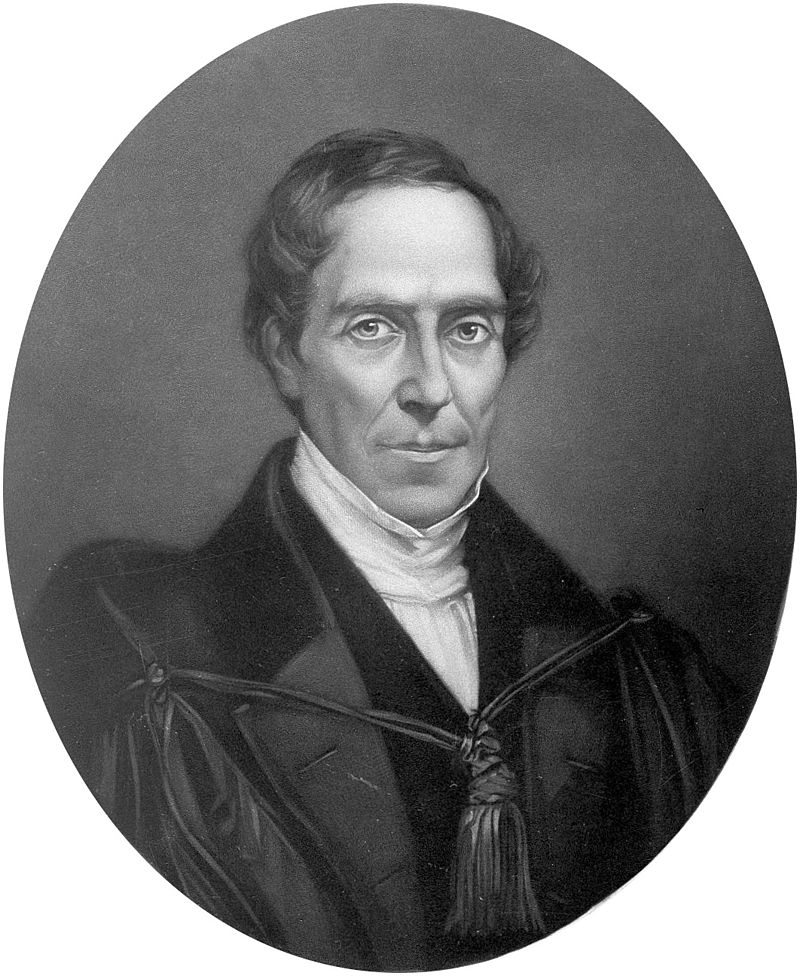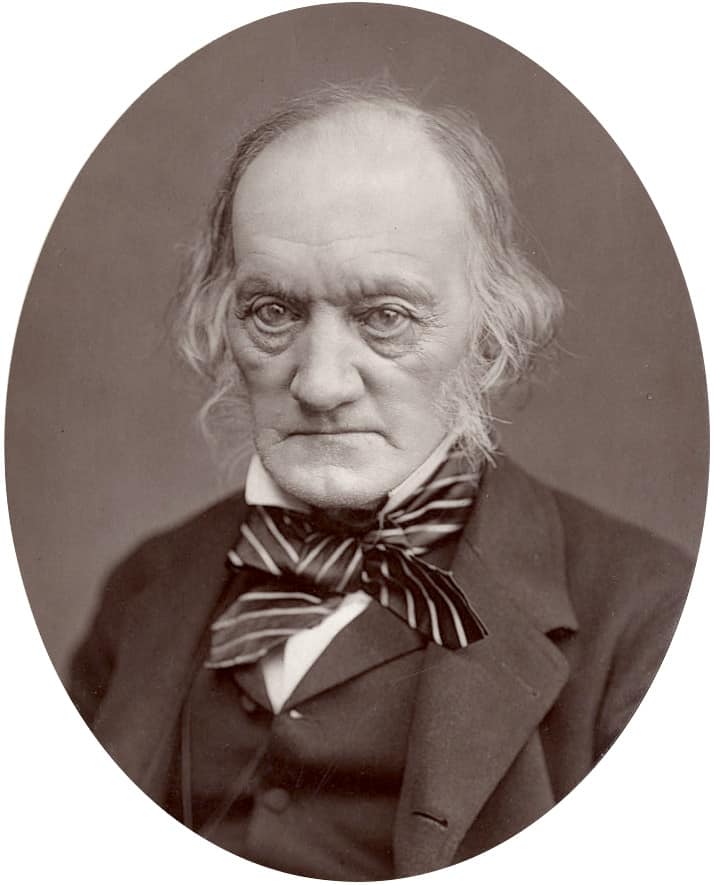
In the early 1800s naturally occurring plants and animals trapped in rock were regarded as ‘curiosities’. Ammonites, fossilised shells and teeth were collected and marvelled at. In a society, which relied on the Bible to explain existence, fossils defied explanation. Had these animals burrowed into rock or were they God’s ornamentations?

The larger fossilised animals discovered by fossil dealer, Mary Anning (1799-1847) in Dorset baffled people who could not make sense of these giant ‘dragon’ bones. Finds of unfamiliar sea creatures in the mountains or tropical creatures in cold regions challenged religious belief that a divine creator had created the world in seven days and that species were unchanging, existing in a divinely ordered hierarchy.
In the same period, the study of rock strata led early geologists to speculate that the history of the earth was vast, opening up vistas of almost immeasurable time that was at odds with Biblical explanations. Understanding of rock strata allowed fossils to be dated, and to a growing acceptance of the notion that species had ‘evolved’ over time.

In 1807 the Geological Society of London was formed by enthusiastic gentlemen of rank and wealth. Such gentlemen amateurs were responsible for the development of the sciences of geology and palaeontology. Some, like the Sussex doctor Gideon Mantell, (1790-1852) practised their enthusiasm alongside their professions. Surgeon and palaeontologist, Mantell (1790-1852), was the first person to first identify and name the Iguanodon in the 1820s.

Anatomist Sir Richard Owen, had the wealth to allow them to devote themselves to scientific research. In 1842, Sir Richard Owen coined the term ‘dinosauria’, meaning terrible reptile. He was the first director of the Natural History Museum in London.
The discoveries of gentlemen collectors like George Cubitt contributed to the body of evidence on which scientific understanding was built.
Last : Lord Ashcombe of Denbies
Next : Gentleman Collectors

